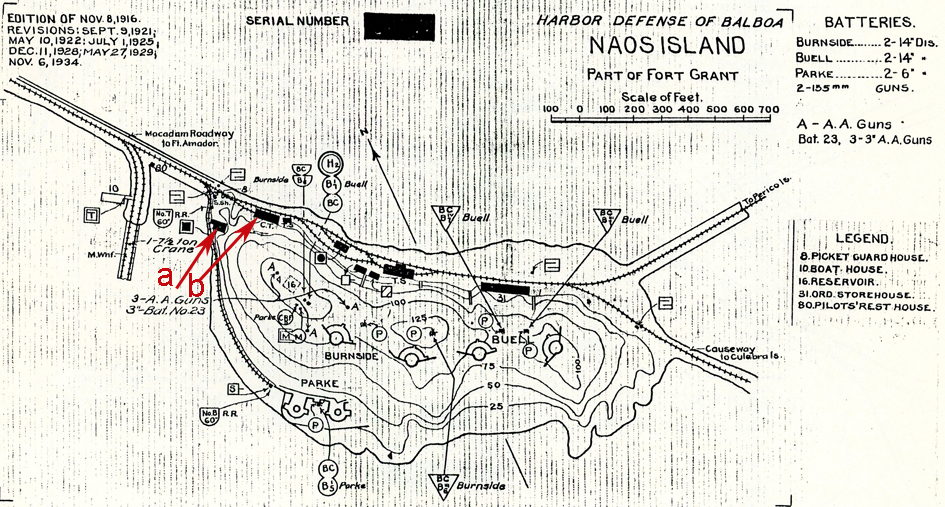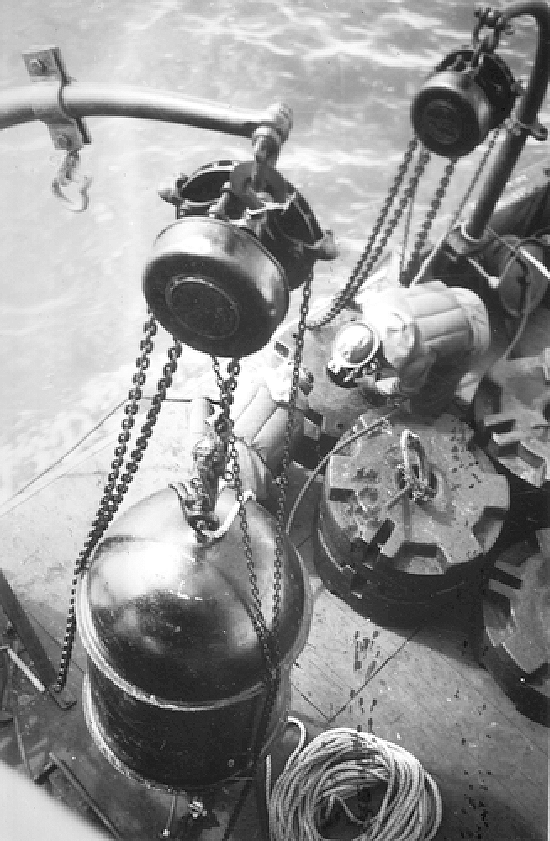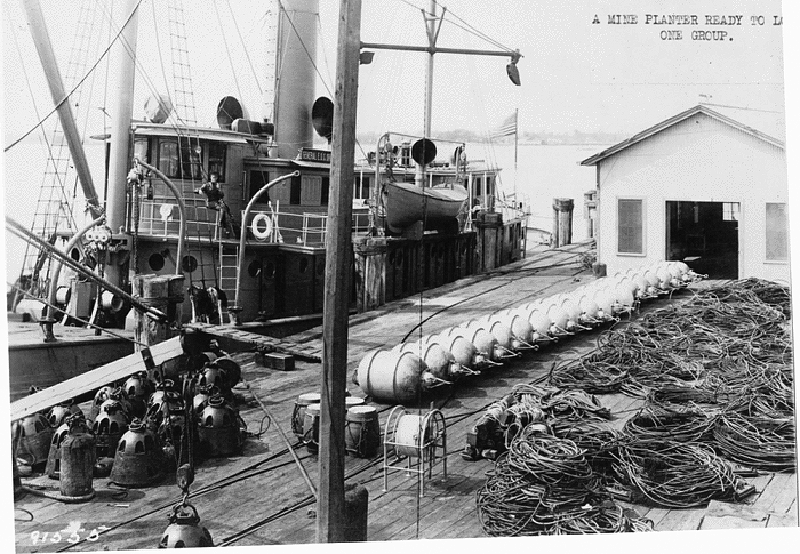|
Photo of the Week
|
|
Photo of the Week
|
I came across this photo the other day that came with a bunch of photos taken at Fort Grant / Fort Amador. Every one who lived in the Canal Zone remembers the Mine Dock on the causeway. Well it was called the Mine Dock for a reason. The dock was part of the Coast Artillery Corps that had fortifications on the causeway islands and elsewhere. This building is part of the mine defense complex on Naos Island. It is noted on the map below a "b". Also shown on the map and noted by "a" is what they called the Mine Casement. The Mine Casement is where explosives were stored. The building above was the mine preparation and control headquarters. You can see the mines waiting to be use on the loading dock. These mines were not like the mines you would see in the movies with barbs sticking out of them, to explode when hit by a ship. These were "controlled mines" that would be set off electronically by a person. The mode of transporting these mines to the Mine Dock was by rail. See the Mine Dock on the map below. I added a couple of other photos from elsewhere, but same mine and system. You can see the mines, anchors and cables on the dock ready to be loaded up. Information researched from the Coast Defense Study Group and Army History.org (Fort Grant and Amador Canal Zone: The defenses of Fort Grant were constructed between 1914 and 1917 as the principal Coast Artillery Corps fortification for defending the Pacific entrance to the Panama Canal. The military reservation included a number of large artillery batteries on the various islands, as well as a controlled mine complex, while initially quarters for eight companies of coast artillery were built on the former Balboa Dump area. The fortís principal islands, which were to later become known as the Fortified Islands, were the islands of Naos, Culebra, Perico, and Flamenco. Fort Grant Coast
Artillery: Submarine Mine Defenses Definition of a
Controlled Mine (TM 2160-20, 1930) A controlled submarine mine, as
employed by the United States Army, was a watertight steel case,
containing explosive and a firing device, with a means for control of
fire by electrical connection to shore. The case was of such size that
it was held at a predetermined depth by the length of mooring rope that
was attached to the anchor which retained it at the location at which
planted. The United States Army
used controlled buoyant mines to defend American harbors during the
period from the 1880s until early 1943. |
 |
 |
 |
Home|
Photo
of the Week | Photo
Archives | Main
Show Room | Photo
Room | Military
History
PC History
| Gift
Shop | Links
